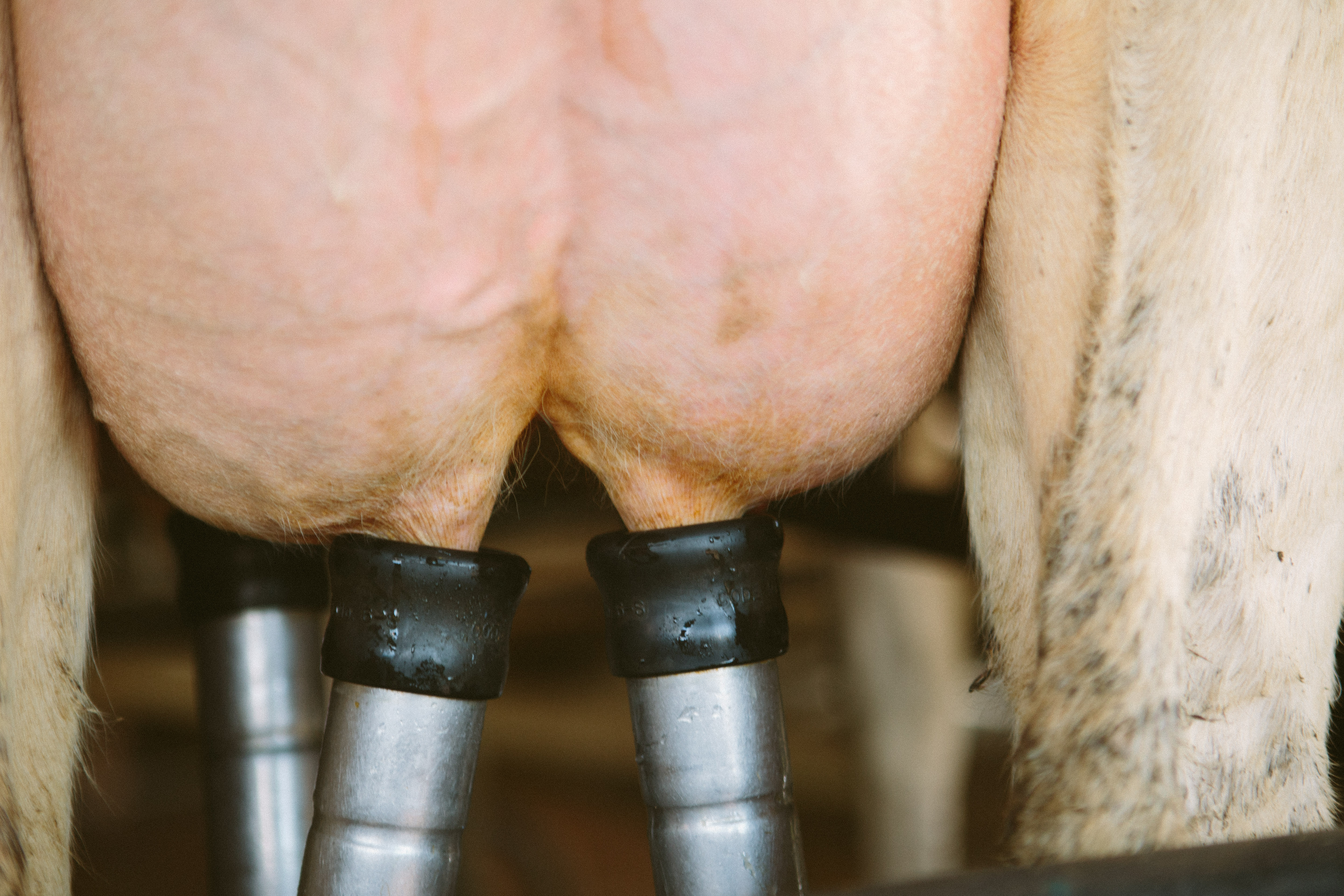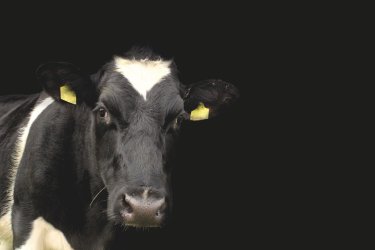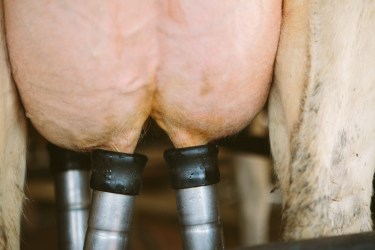By Victoria Craig-McFeely
Mastitis is by far the costliest disease facing the dairy industry and on the average 200-cow farm is estimated to cost around £30,000 per year, or £150 per cow. For an 8,500-litre herd, that’s the equivalent of 1.76ppl. It is also important to remember that clinical cases are only half the picture, sub-clinical cases can result in a huge amount of lost income and should be addressed as well.
Where do these costs come from?
It’s not just the price of the antibiotic tubes and the discarded milk. It’s the time taken to treat each individual animal when you could be doing something else, the penalties of a high bulk somatic cell count (SCC), lower lactation yields, poorer fertility, premature culling and deaths.
Moreover, aligned contracts often have stricter criteria for antibiotic usage and cell counts. In the future I envisage more emphasis will be placed on the percentage of the herd with individual SCCs under 200,000, thus milk recording will have an even more important role in avoiding penalties.
How do you know which problem you have?
Mastitis can be broadly categorised into two types – contagious mastitis, which is most commonly spread in the parlour and environmental mastitis, which is influenced by housing conditions. Environmental mastitis can then be further split into problems in the milking cow shed and environmental problems in the dry cow housing.
In conjunction with your vet or one of our Consultants, consider using the AHDB pattern analysis tool to identify the predominant mastitis infection pattern on your farm.
What can you do to help prevent mastitis?
Based on experience in the field, I have found that there are recurring problems that can be quickly targeted for easy gains in mastitis control. Some tips to avoid these pitfalls include:
- Separate (or at least identify) high SCC cows so that extra hygiene precautions are taken when milking them.
- Culture clinical and sub-clinical cases to identify the predominant pathogens on the farm. This will help to target treatment and management protocols.
- Ensure there is adequate straw and space in the dry cow pens – 20kg straw per day and 10m2 per cow minimum.
- Pay attention to the milking routine:
- Use individual cloths for every cow.
- Wear a new pair of disposable gloves for every milking and disinfect them regularly.
- Foremilk-strip every cow.
- Use an appropriate pre and post-dip and ensure enough contact time to allow them to work effectively.
- Conduct a static milking machine test at least every six months and a dynamic test at least once a year. I have seen countless cases of overmilking without farmers realising it.
- For chronically high SCC cows, identify a quarter using the California Milk Test (CMT) and dry it off if possible. Don’t be afraid to dry off the cow early to give her longer to recover over the dry period.
- Good records are important for identifying mastitis problems on the farm. Many farms now milk-record, thus a lot of the data is generated automatically but needs to be interpreted. However, for clinical cases, manual data collection is vital. As a minimum, this should include the:
- Date
- Cow ID
- Quarter affected
- Treatment choice
- Treatment duration
- Withdrawal time
What can Promar do?
Mastitis can be an enormous problem on many farms and clinical cases are often only the tip of the iceberg. Delving deeper into the milk recording data and evaluating your clinical mastitis cases can give us an understanding of the management issues we need to target. Additionally, we can give you an estimate of the true cost of mastitis, based on the data you provide. Armed with this knowledge, we can then visit the farm to get an appreciation of housing, milking routine, treatment protocols, heifer rearing and dry cow management.
Using the AHDB Mastitis Control Plan software will enable us to develop a plan specific for your farm, with the aim of reducing clinical and sub-clinical cases and improving technical performance of the herd in the long-term, which means more money in your pocket!







